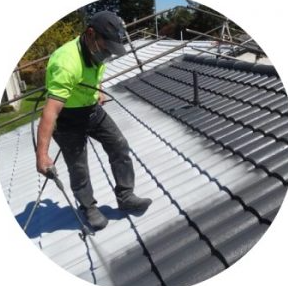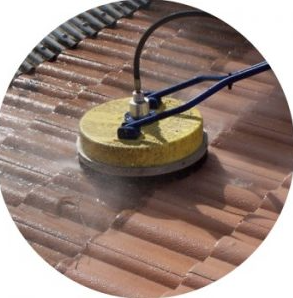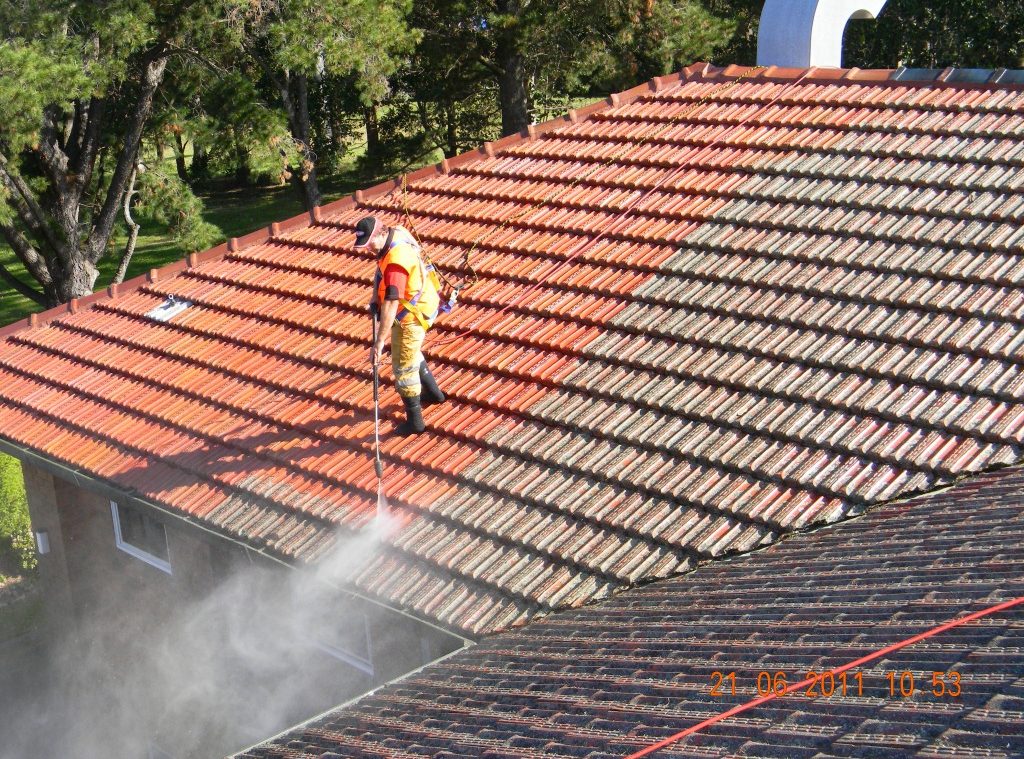A leaky roof with signs of leaks is not a reason for despondency and for calculating the upcoming expenses for capital roof restoration. You shouldn’t relax either, because the consequences of even a minor defect can result in impressive damage to the decoration of the house and property.
Dampness is the enemy of a wooden rafter system and electrical wiring running through the attic, the proximity of moisture with which is really dangerous. Therefore, at the first manifestations of the walls and ceiling getting wet, you need to immediately take measures to eliminate them. In a number of “current” cases, the owner of the house can successfully carry out roof restoration with his own hands.
Roof Restoration: Causes and classification of roof leaks

Leaks are a clear sign of a malfunction in the roofing system. This is a characteristic indicator of an emergency situation, regardless of the degree of wetting of building structures.
Even an insignificant leak, which will surely increase over time, cannot be left without the master’s attention. It is necessary to deal with roof defects in a timely manner.
Roof Restoration: Prerequisites for overhaul
The list of reasons for roof leaks is quite extensive. There are prerequisites in it for major alterations, and for cosmetic repairs that are quite accessible to the home master. It is advisable to entrust capital roof restoration to a construction organization. It will be required if design errors and defects in the roofing structure are revealed, such as:
- Incorrectly selected roofing, inappropriate for the type of roof, and the steepness of the slopes.
- Errors in the location of the layers of the roofing cake and in the selection of materials for its construction.
- Incorrect calculation of the step of the rafter legs slips in the sheathing device.
- Lack of eaves vane, eaves, insufficient ventilation in the ridge area.
- Violations of the technology of fastening the roofing, which cannot be corrected during the current repair.
- Perceptible oversights in the arrangement of junctions and intersections of the roof with pipes and other communications.
- Illiterately designed drainage system that does not provide a full-fledged water drain. The factors signaling the need for capital intervention also include the use of low-quality materials and fasteners, caused most often by a banal desire to save money.
The cause of roof leaks can be flaws not only in the roof restoration but also in the house as a whole. Unaccounted for movement of the foundation or natural instability of wooden walls, for example, can cause a skewed roof structure. As a result, a violation of the tightness of the joints, displacement of nodes, the appearance of cracks, rupture, and destruction of the roofing material.
Scope of ongoing roof restoration operations

In addition to serious design errors, there are standard causes of leaks, which can be eliminated by a cosmetic repair of the roof: after all, roofs must be constantly serviced by analogy with all building structures. To do this, you do not have to contact the builders or be a roofer “from birth”. You can cope on your own if you only have to:
- Replacing a damaged area or part of the roofing.
- Restoring the tightness of the connection of the elements of the roof restoration.
- Applying patches to leaky spots in the coating or waterproofing.
- Replacement of worn-out or poor-quality fasteners.
- Repair of gutters. A home craftsman can eliminate minor defects in bitumen and polymer roll roofing materials.
The simplest operations for the roof restoration covered with sheet metal and metal tiles are quite available. Special difficulties will not cause a hand-made repair of a tiled and slate roof if you know the technical subtleties of working with the listed types of coatings. An important circumstance is the exact definition of the cause and location of the leak.
Classification of roof leaks

Based on the time and frequency of leaks, roofing theorists divide them into three categories, these are:
- Leaks accompanying the fallout of liquid atmospheric precipitation. Traces of wetting or frank “dripping” appear directly during the rain or a little later after it. It usually flows with them along the lines of abutments that have lost their sealing, in areas of poorly arranged roof penetrations, in places where water accumulates. On a flat roof, such a defect is simply determined: it is located directly under the hole in the roof. With pitched structures, everything is much more complicated, because water can flow in one place, and get wet in another.
- Leaks occurring during the thawing of solid sediments. Signals of their appearance are located in the valleys, along with the overhangs, around the gutters, and near the gutters. Those. in places where meltwater accumulates, the flow of which was prevented by ice.
- Leaks associated with wetting of the insulation. Most often they happen in the summer heat. Due to the significant difference between the outside temperature and a similar parameter, condensate accumulates in the thickness of the insulation, the excess of which can be “dumped” by the vapor barrier membrane. The second reason for their appearance is damage or errors in the waterproofing device.
The first type of leaks is most often encountered by owners who decide to repair their own roof with their own hands. In most cases, their actions are to restore the roofing. The second type requires thorough cleaning or repair of the drainage system, the third – recalculation of the thickness of the thermal insulation with major alterations.
